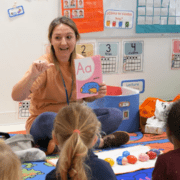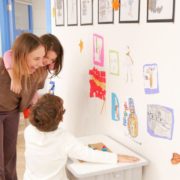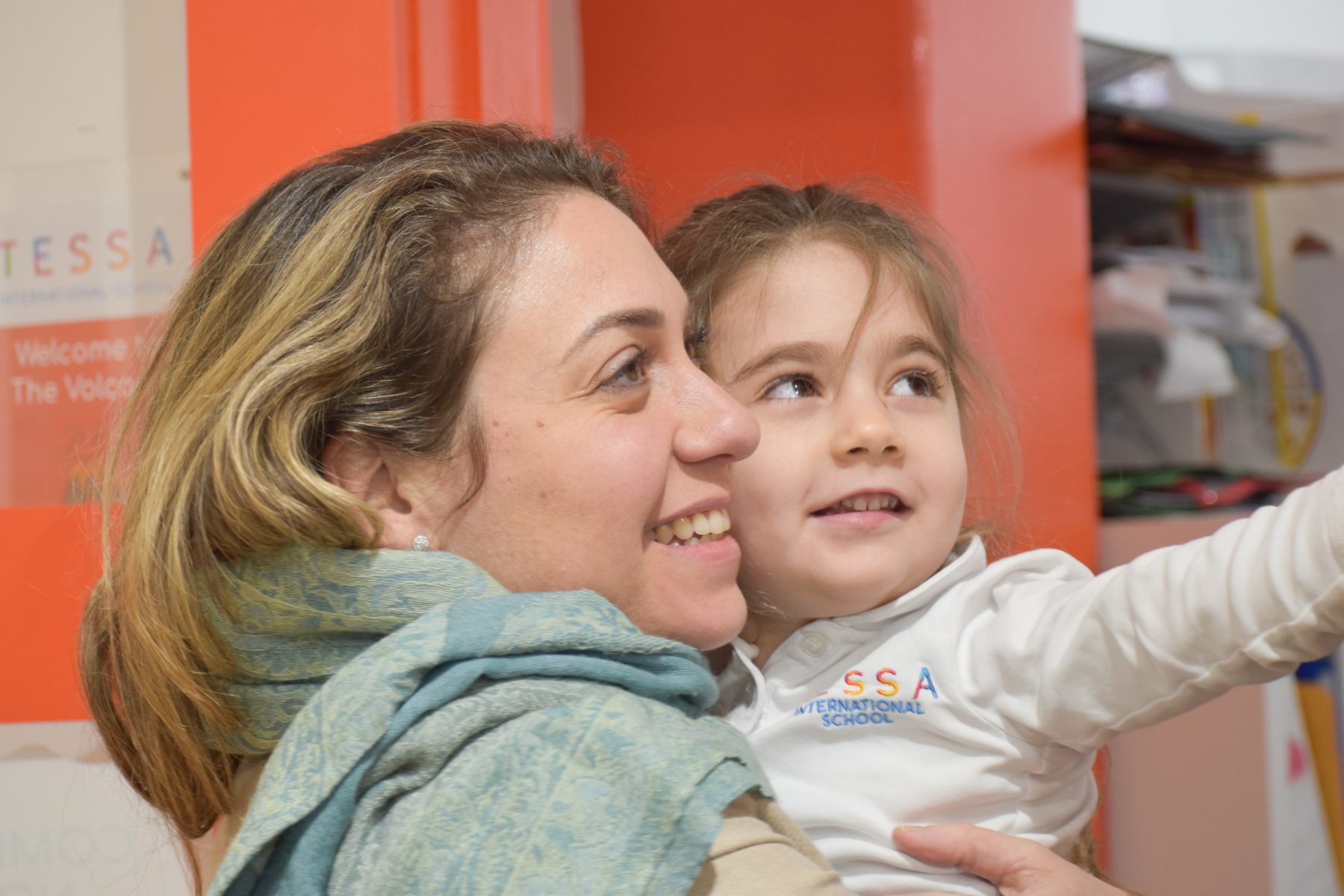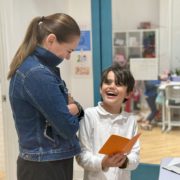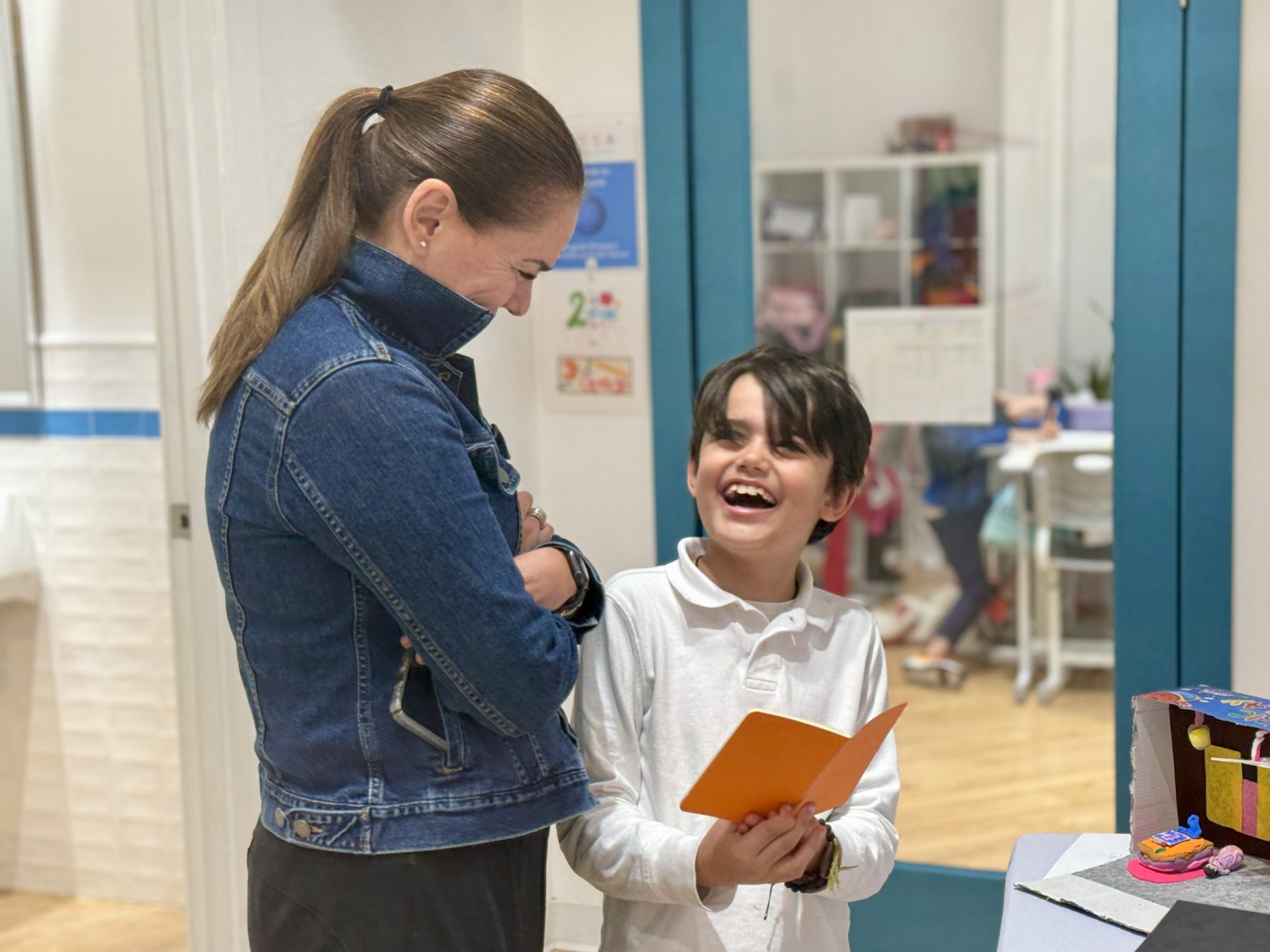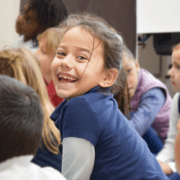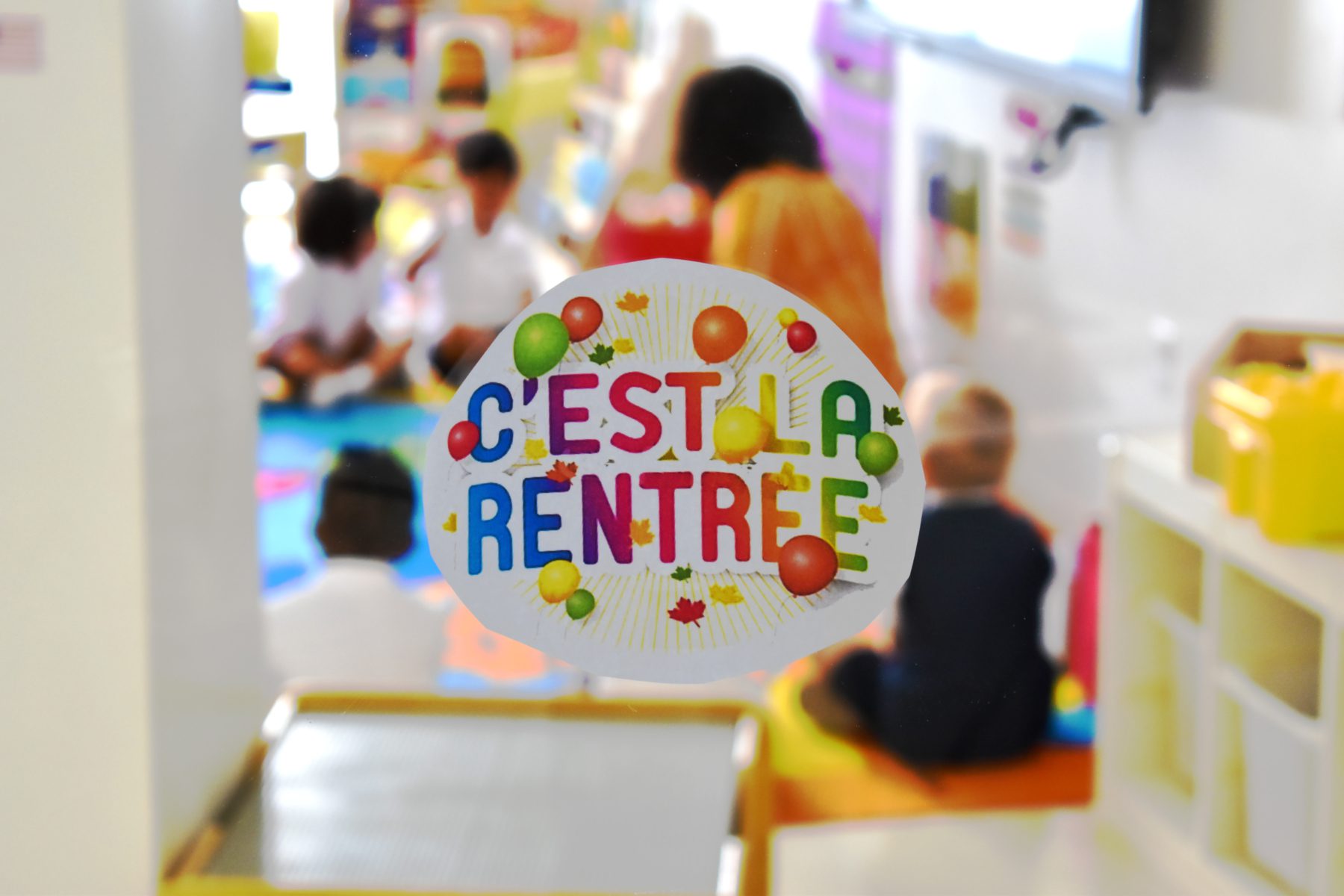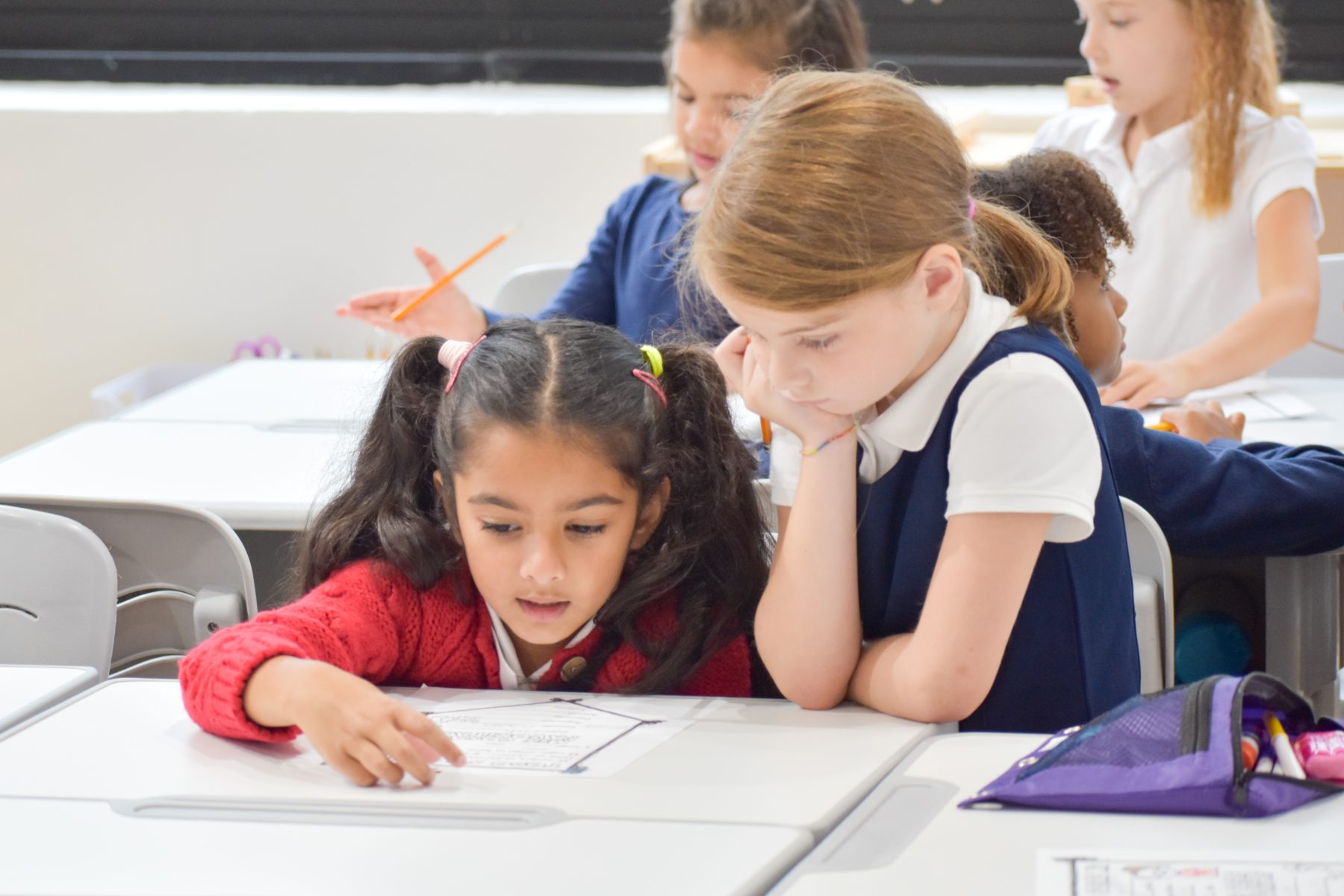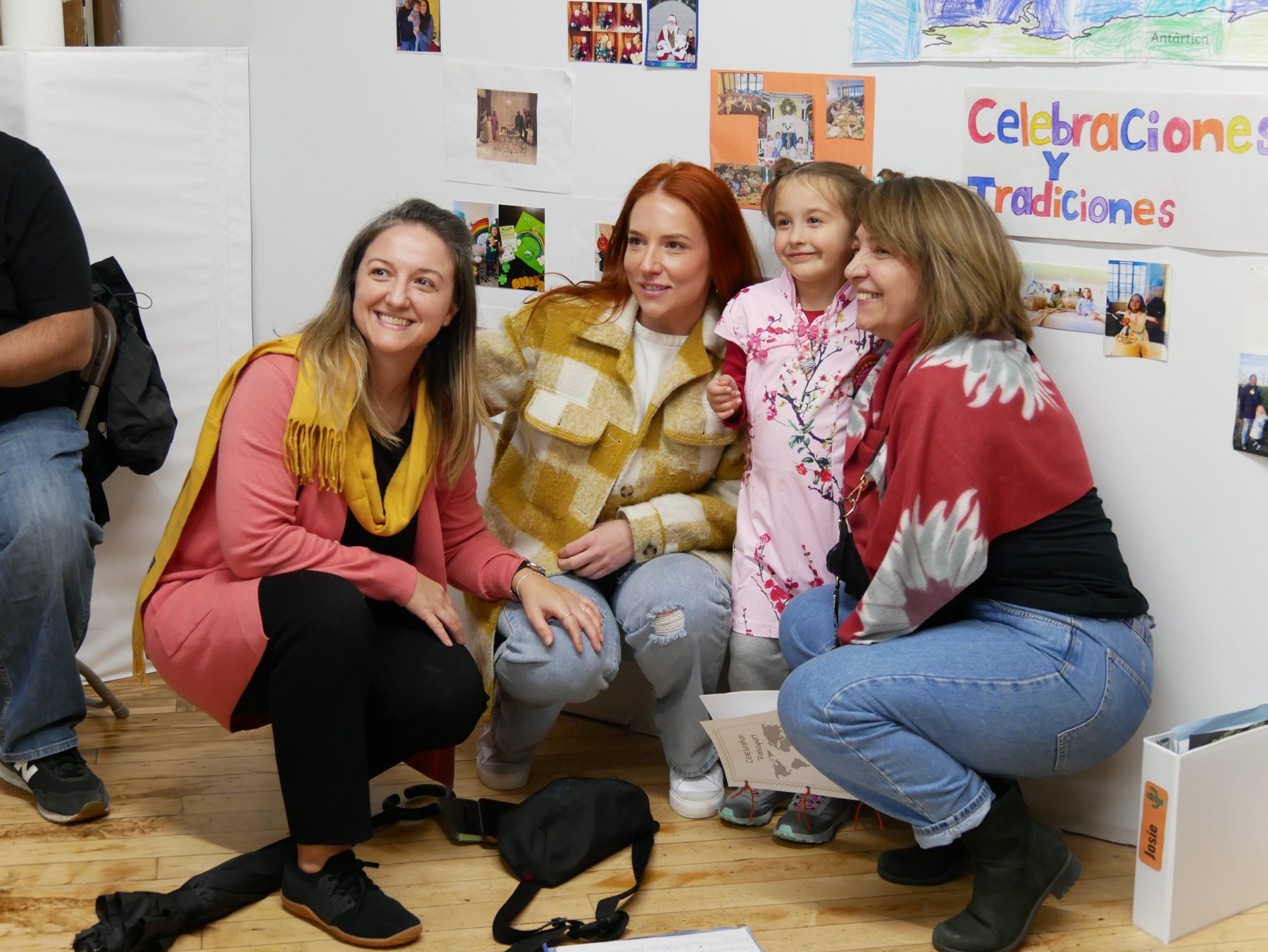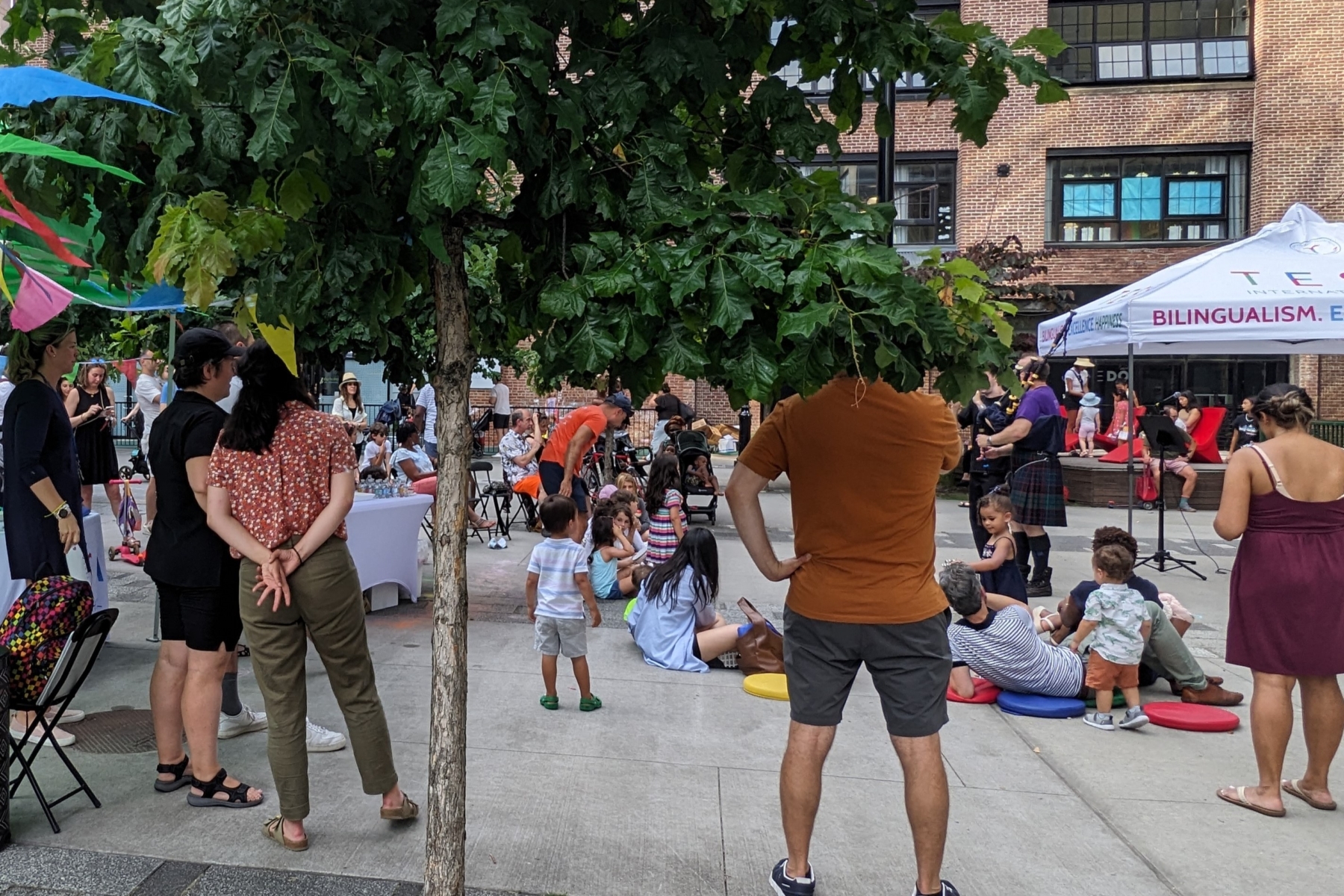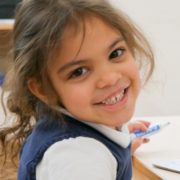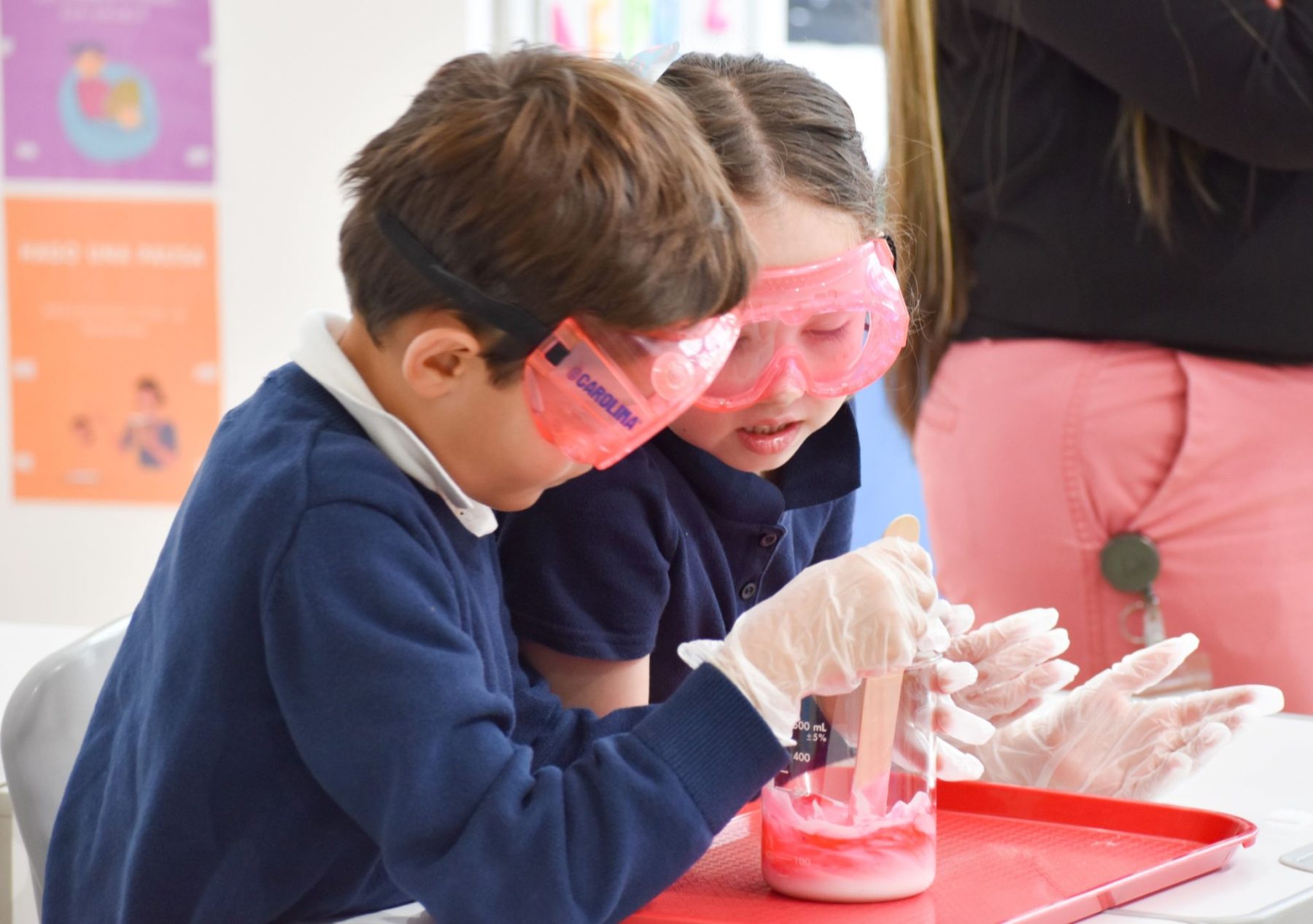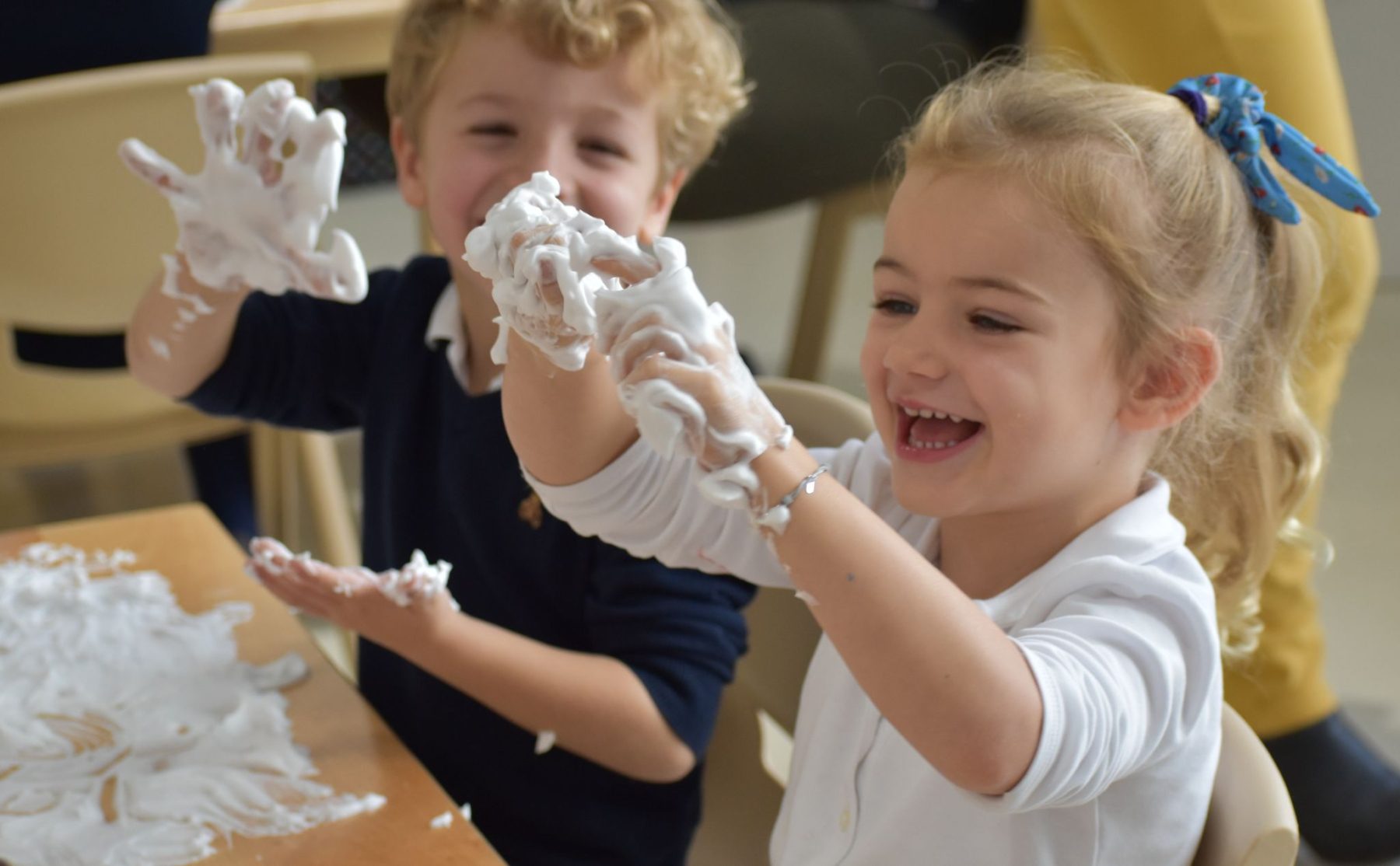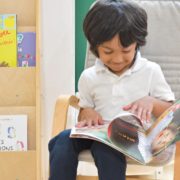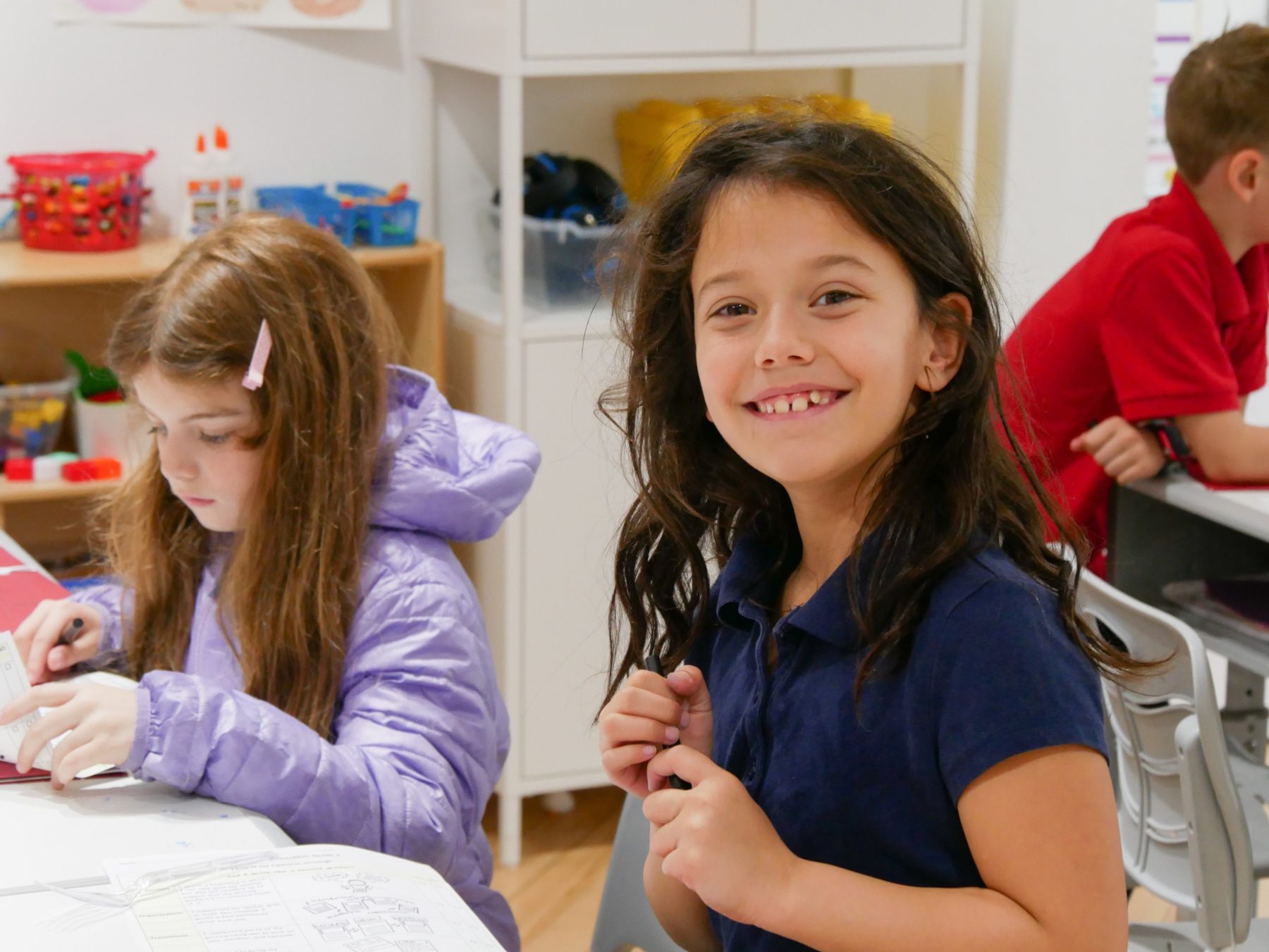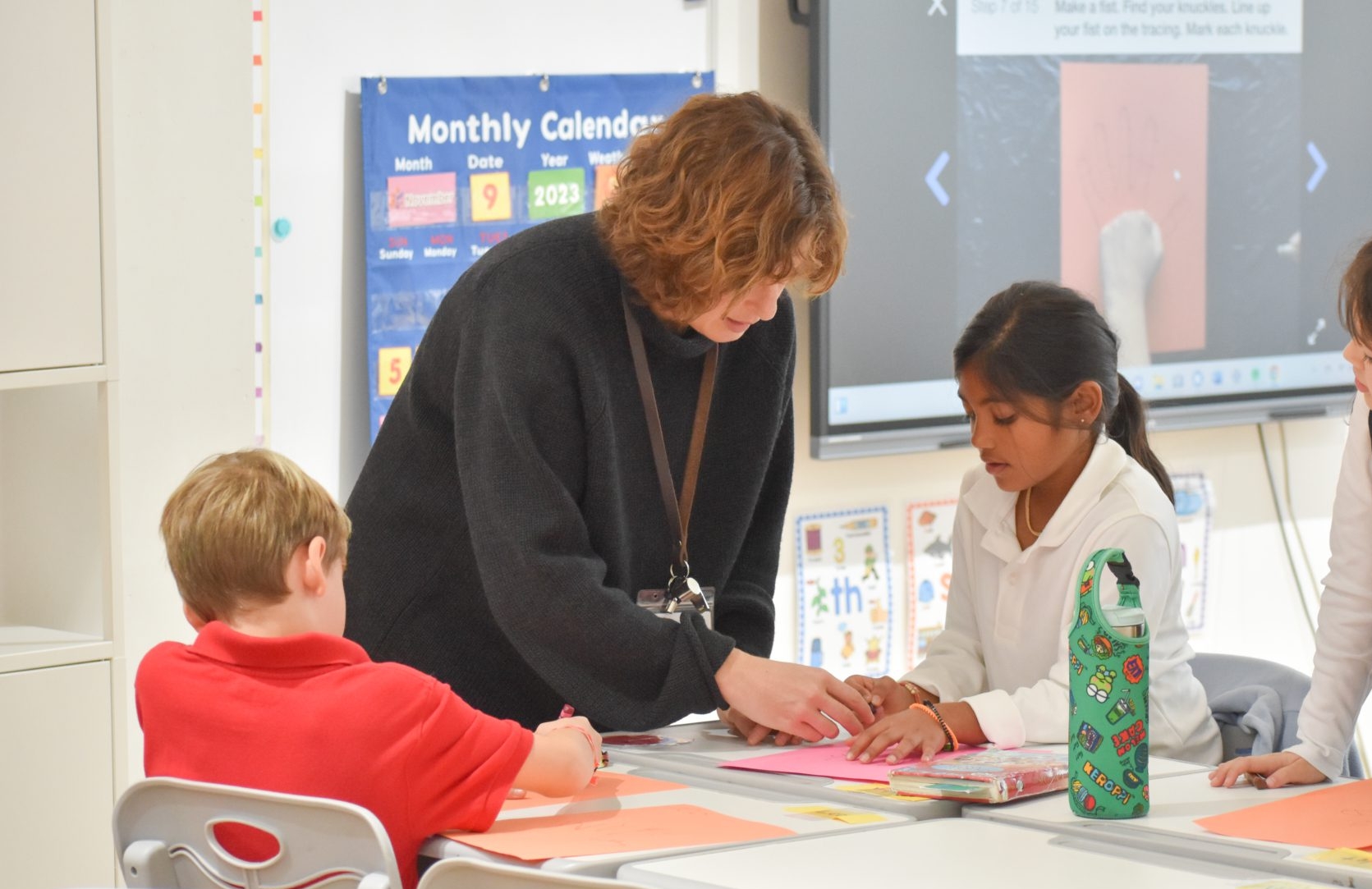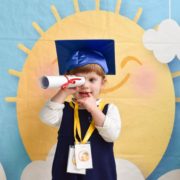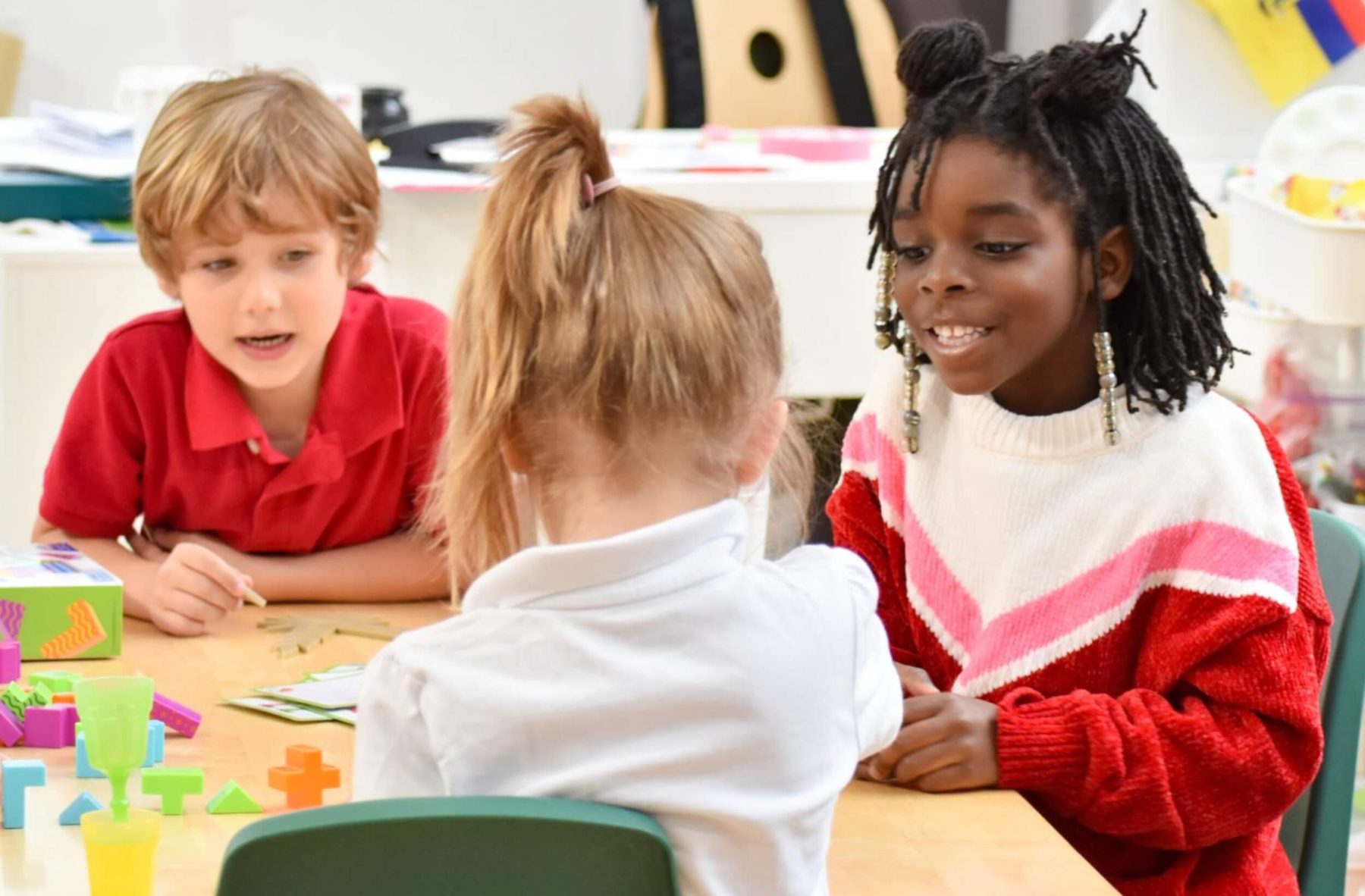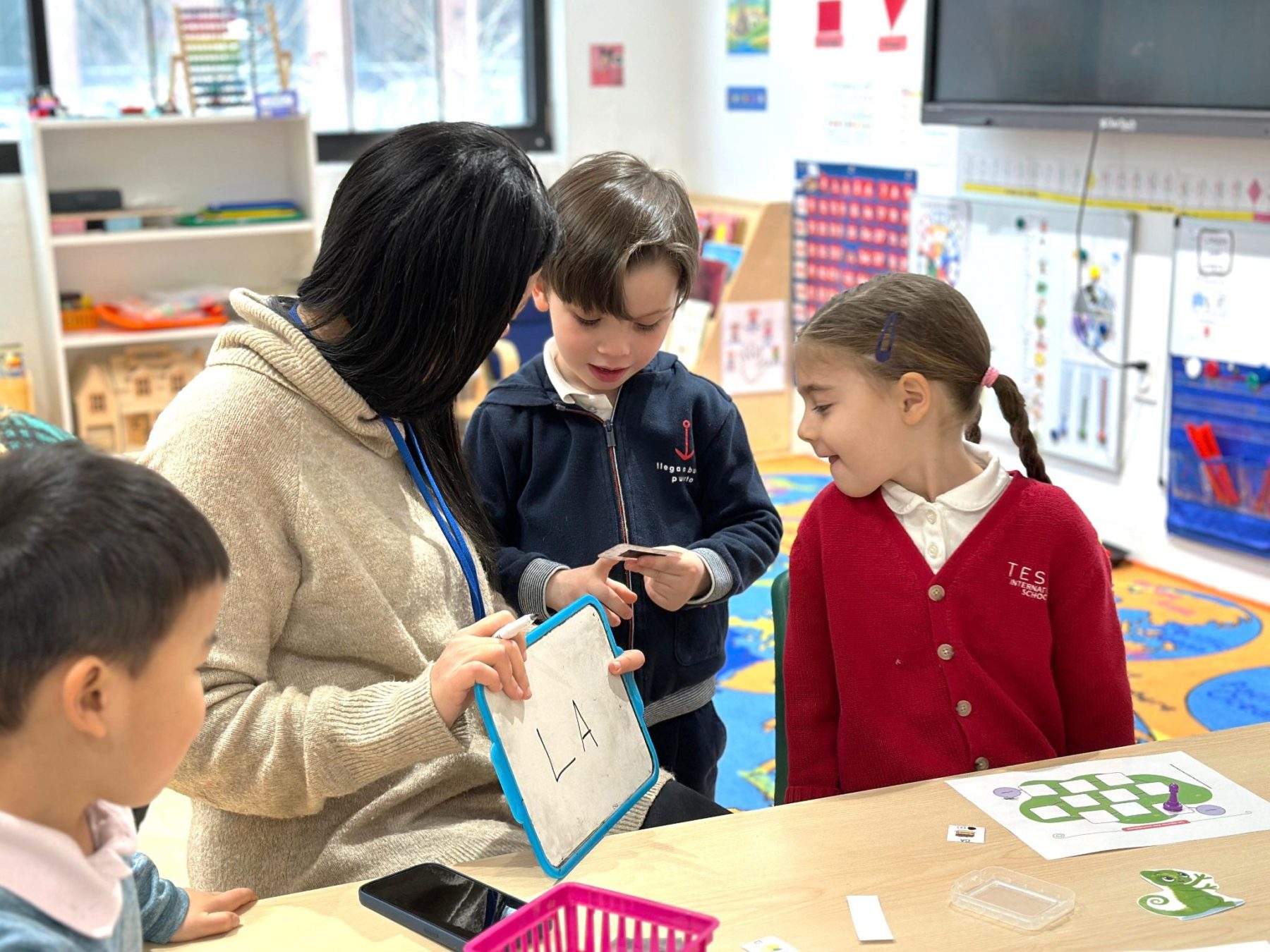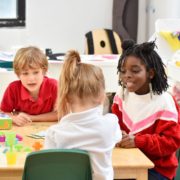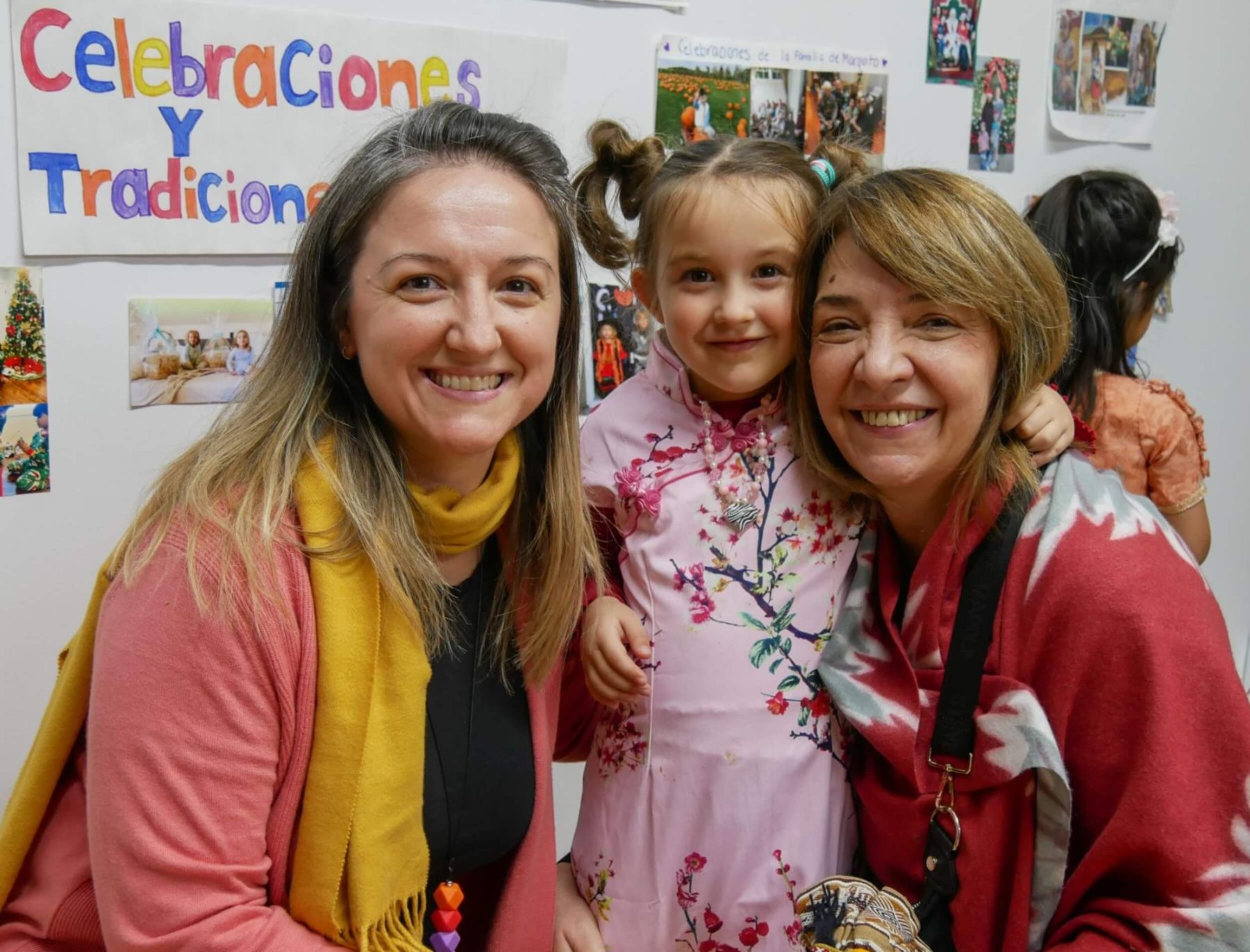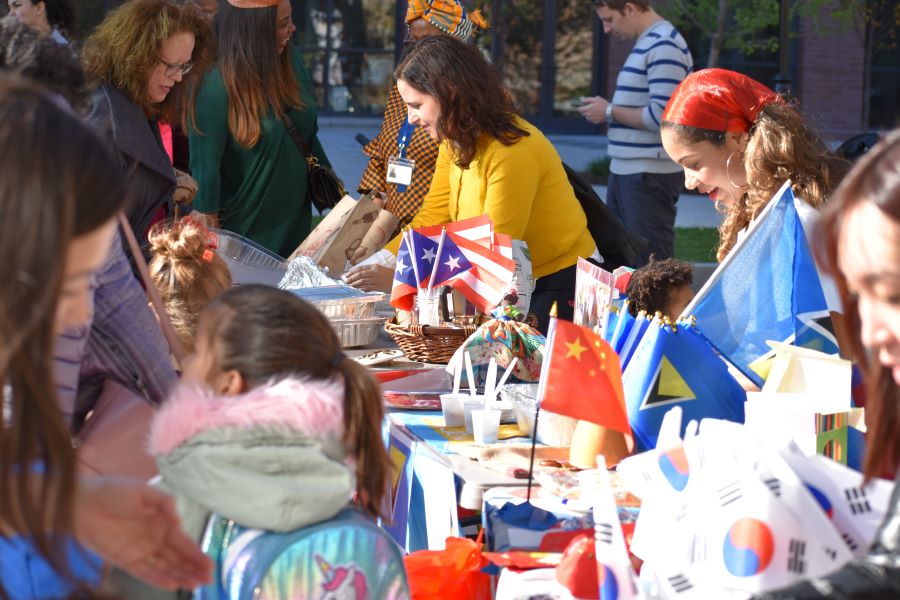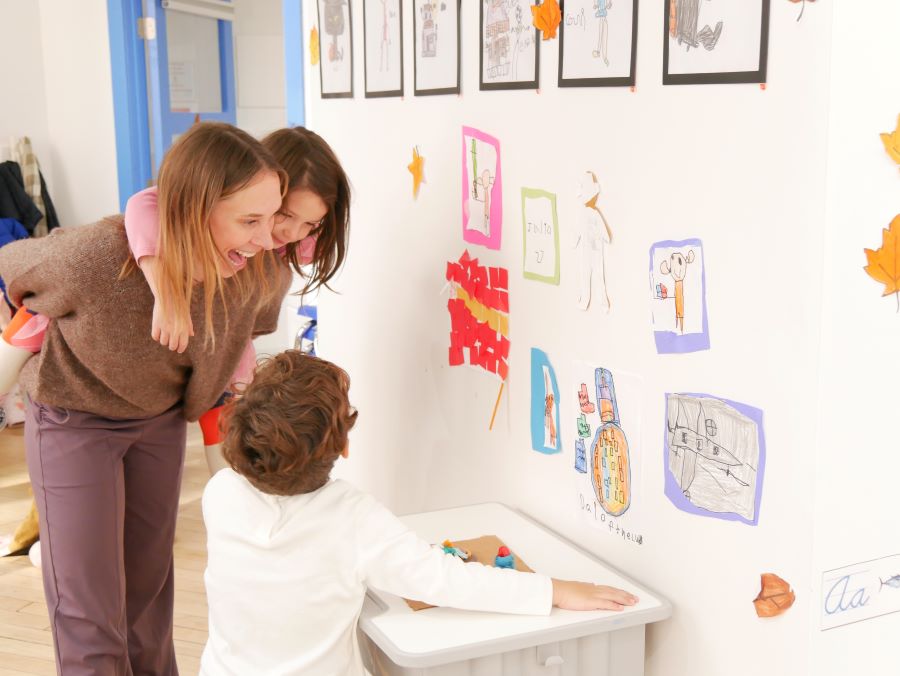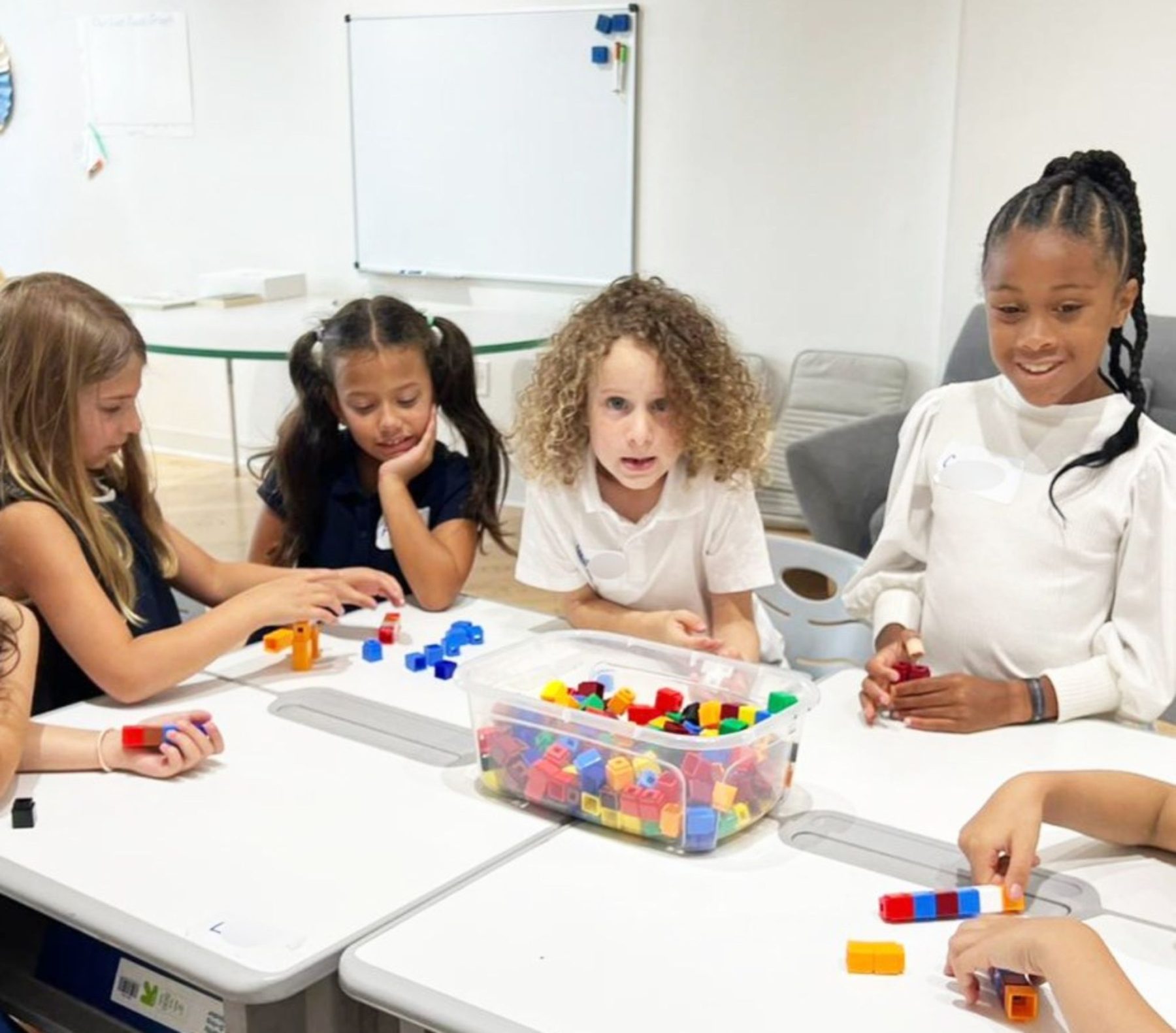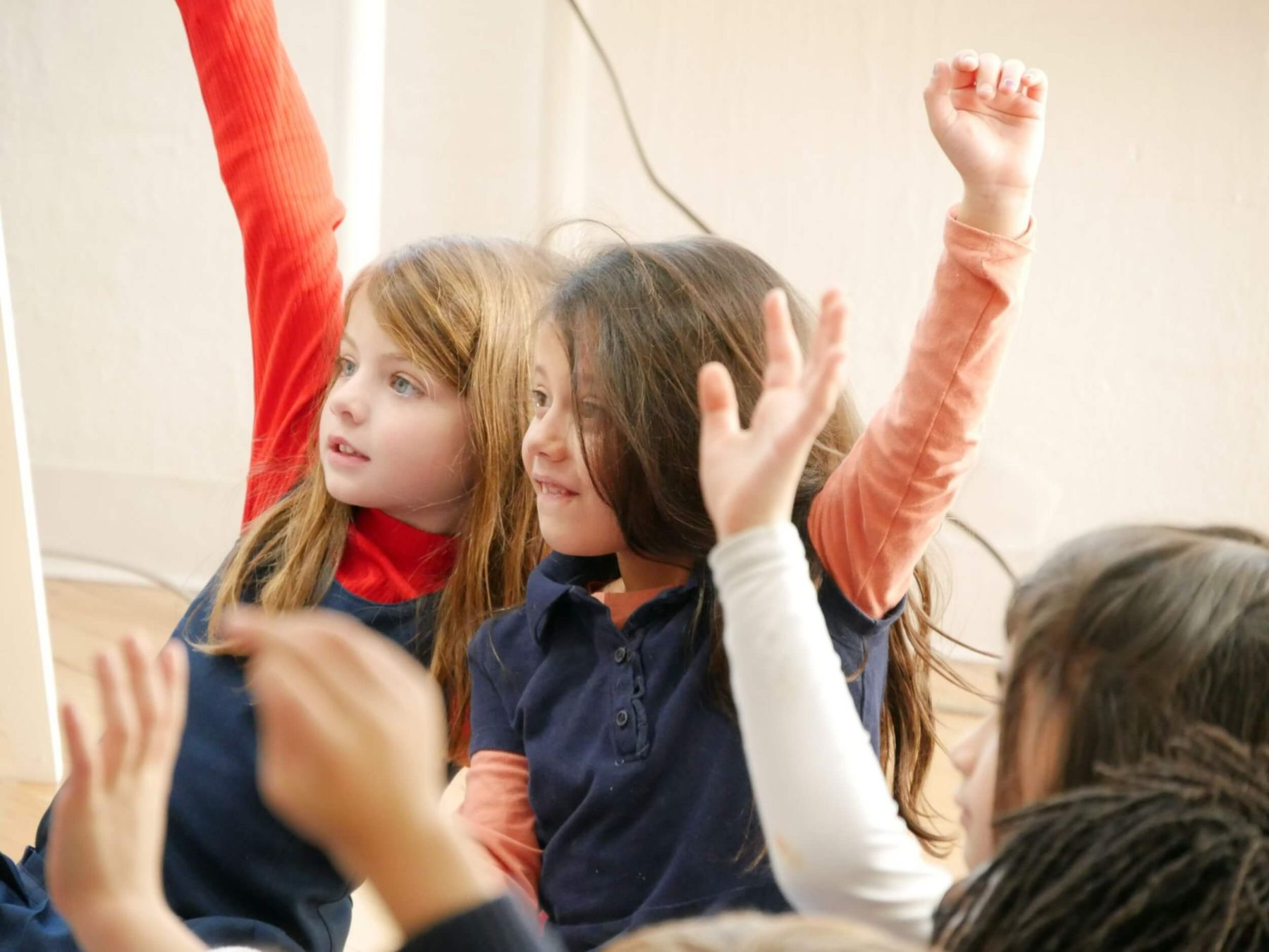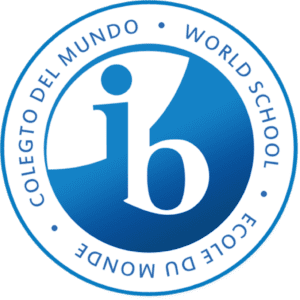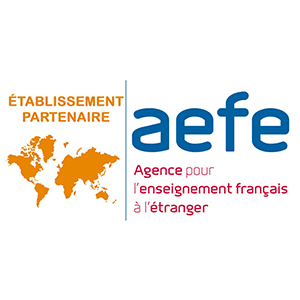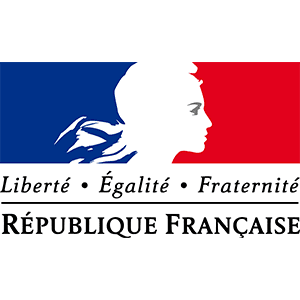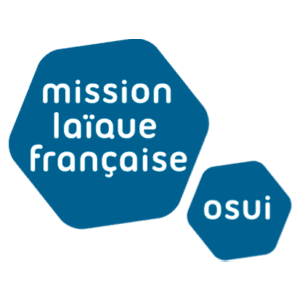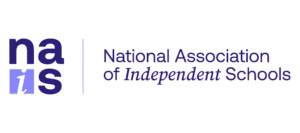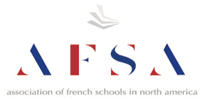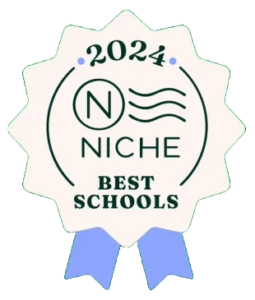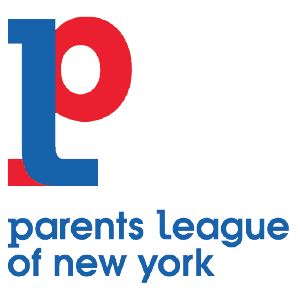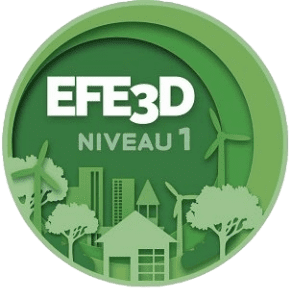Raising a Bilingual Toddler: FAQs and Expert Tips for Success
Can young children handle exposure to two languages? Absolutely! Research shows that bilingual infants – as young as 20 months – are capable of processing two languages efficiently. Bilingual acquisition is a natural and rewarding journey for our toddlers that not only enriches communication but also brings unique cognitive and developmental advantages. Below, we have addressed common concerns parents have about raising bilingual toddlers, backed by research and expert insights.
Commonly Asked Questions
1. Is it too early to start teaching my 2-year-old a second language?
No, starting early is highly advantageous. Early language acquisition is strongly supported by the way children’s brains develop. Toddlers naturally absorb languages without consciously realizing it. A study shows that even babies as young as 4 months can differentiate between language inputs, emphasizing the potential in cognitive development from dual language exposure.
According to the U.S. Department of Education, children who begin learning second languages before the age of six will have an easier time:
- understanding math concepts and solving word problems;
- developing strong thinking skills;
- using logic;
- focusing, remembering, and making decisions;
- thinking about language;
- and learning other languages.
For more insights, watch the last webinar by Kathleen Visconti, our Head of School, on the benefits of bilingualism. You can download the recording of the session here.
2. Will learning two languages confuse my child?
No. Research for decades has debunked this common misconception. In fact, children who have regular and rich exposure to both languages achieve the same milestones in language development at roughly the same pace as monolingual children. Additionally, evidence proves that bilingualism enhances children’s cognitive abilities, such as understanding others’ perspectives and improving problem-solving skills.
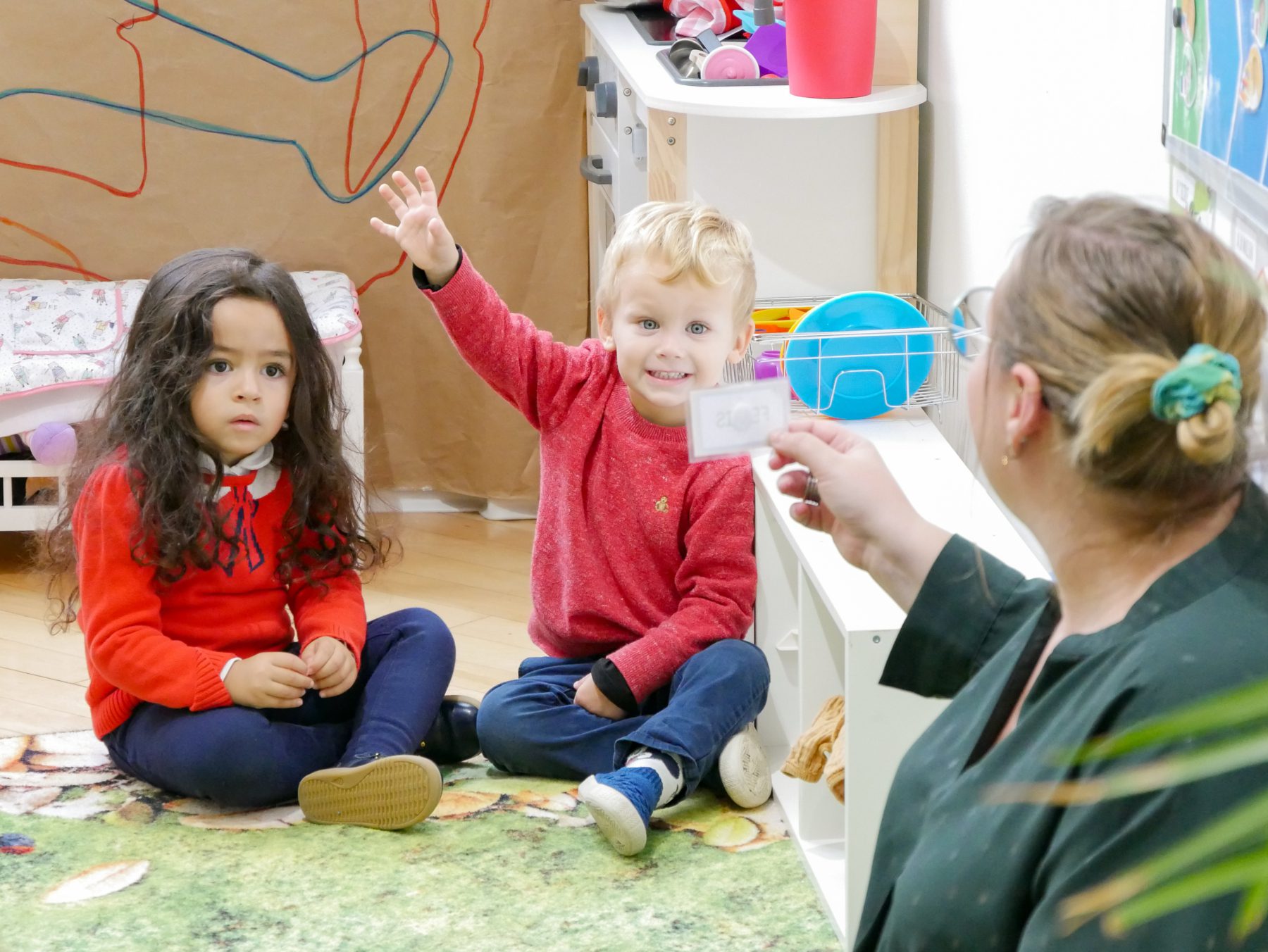
Early exposure to another language ignites children’s learning.
3. How do I balance exposure to two languages?
The “One Parent, One Language” (OPOL) strategy offers a great way to ensure balanced exposure, where each parent consistently speaks only one language to the child. While popular, OPOL can be demanding to maintain.
Alternatively, to ensure later bilingualism, many experts recommend providing more early input in a minority language and promoting children’s interaction with peers who speak the same language. In this light, a high-quality nursery school program is greatly beneficial, forming a supportive language-immersed environment.
This is what Tessa International School’s Immersion Model is about. In our nursery program, toddlers start learning French, Spanish, or Mandarin with 80% of the communication and learning activities in the target language. The 80:20 immersion stage builds a strong foundation for bilingual fluency.
4. What if I don’t speak the second language fluently?
That’s okay! There are still numerous ways to foster second language development. Books, songs, and other resources can be utilized to create an environment that encourages language exploration and learning.
Don’t know where to start? We curate an array of language-promoting resources for you. For example, you can find French resources recommended by teachers from Tessa French track, accredited by the French Ministry of Education, on our school website. Learning another language with your child will be a unique parenting experience and strengthen your role in their educational journey.
5. What are the long-term benefits of bilingualism for young children?
The advantages of mastering another language are crystal clear: around 60% of the world population knows more than one language as of 2018. Therefore, bilingualism broadens communication skills, fosters cultural awareness, and opens doors to academic and professional success.
More importantly than a higher annual salary bracket, there are fascinating and meaningful findings that bilingualism appears to delay the onset of degenerative cognitive diseases such as Alzheimer’s and Dementia. The cognitive stimulation for managing two languages activates multiple aspects of brain activity and compensates for cognitive decline, promoting our children a happier, healthier and more fulfilling life.
6. What should I do if my child mixes languages?
Language mixing, or code-switching, is a natural phenomenon among non-monolingual learners. It signifies active usage of both languages and bilingual thinking rather than confusion.
Some researchers suggest that code-switching reflects an intellectual advantage by demonstrating the comprehension of different cultures as well as an understanding of the fundamental structures and functions of language systems. Therefore, the key to supporting your child through language mixing is to encourage appropriate expression and celebrate their bilingual development.. With the right support, your child will learn to separate languages sooner than you can imagine.
7. How can I make learning two languages fun for my toddler?
Toddlers thrive on playful interactions. There are numerous fun and engaging opportunities for language building through play, music, and books. You can learn more about play-based learning activities practical at home here.
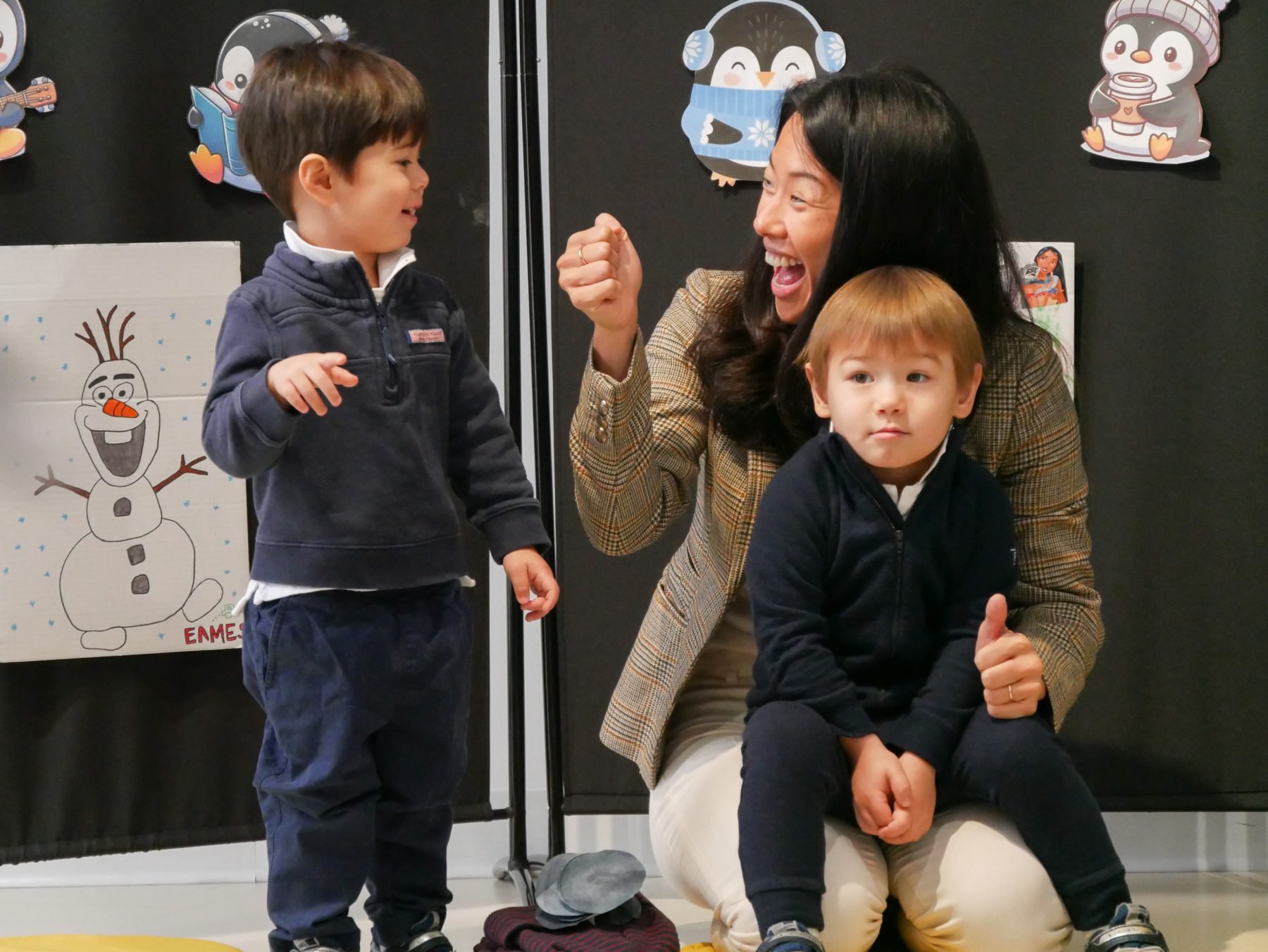
At Tessa International School, we provide a bilingual education based on happiness.
8. How much exposure does my child need to become fluent?
There is no exact formula for fluency. Factors like the quality of exposure, age, and family background all play a role in children’s language development.
“Finally, there is no good measure of ‘enough exposure.’ “
– Dr. François Grosjean, a Professor Emeritus and former Director of the Language and Speech Processing Laboratory at the University of Neuchâtel.
Like any other skill, language learning takes practice and time. Evidence above shows that children who experience two languages from birth consistently have the potential to develop into native speakers of both languages.
At Tessa International School, our nursery, preschool, kindergarten, and elementary programs provide children with everyday opportunities to practice both languages, fostering natural and lasting fluency.
9. Will my child eventually prefer one language over the other?
The notion of perfectly balanced bilingualism is ideological. In other words, bilingualism is not static, existing on a continuum in which one’s proficiency is constantly changing over time. Bilinguals often have a dominant and a minority language based on complex strands of social, cultural, and educational influences, so it is understandable for people to display language dominance.
However, Tessa’s Immersion Progression Model is thoughtfully designed to help your child maintain a balance instead of losing these valuable language assets.
- 80:20 Immersion Stage: At Tessa, from Nursery through Kindergarten, the majority of instruction (80%) is conducted in the target language to ensure sufficient exposure of the minority language, allowing students to build strong, life-long foundations in the language.
- 50:50 Dual Language Stage: Starting in Grade 1, students will receive instruction and absorb knowledge in English and the targeted language equally in order to gain proficiency in both.
You can learn more about the Model here.
10. Are there specific programs or schools that support bilingualism for toddlers?
Yes! At Tessa International School, we offer world-class bilingual education for ages 2-10. Differing from other schooling programs, our nursery program provides a special introduction to initiate your child to a second language, develops their creativity through various play-based activities, and prepares them to become lifelong learners.
- A Bilingual Program: When it comes to bilingualism, the earlier the better. Daily exposure to dual languages builds children’s confidence and communication skills, preparing them to become bilingual, adaptable, and active citizens.
- A World-Class Education: Guided by the International Baccalaureate, our nursery program provides a “roadmap” for toddlers to travel, with options for detours when their curiosity is peaked or the need for student-initiated action occurs.
- A Play-Based Curriculum: Balancing structured activities and free play, we encourage children to learn while having fun, inquire and make discoveries for themselves, aligned with one of the three educational pillars of our school mission – Happiness.
You can download our Nursery Curriculum here.
Are you ready to discover Hoboken’s leading international private school?
Contact Tessa International School to learn more!


